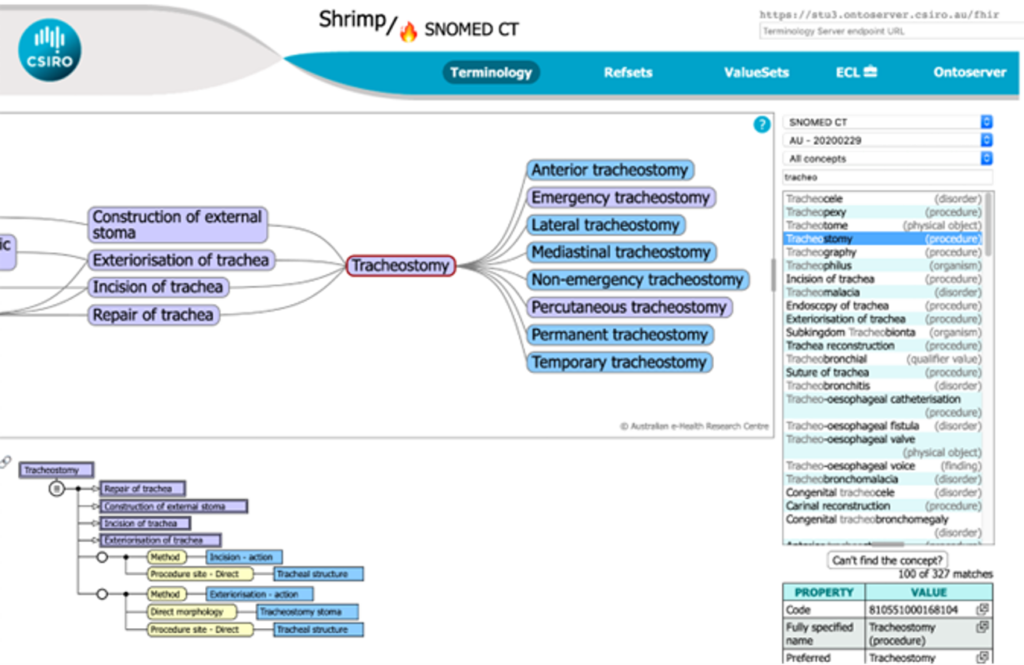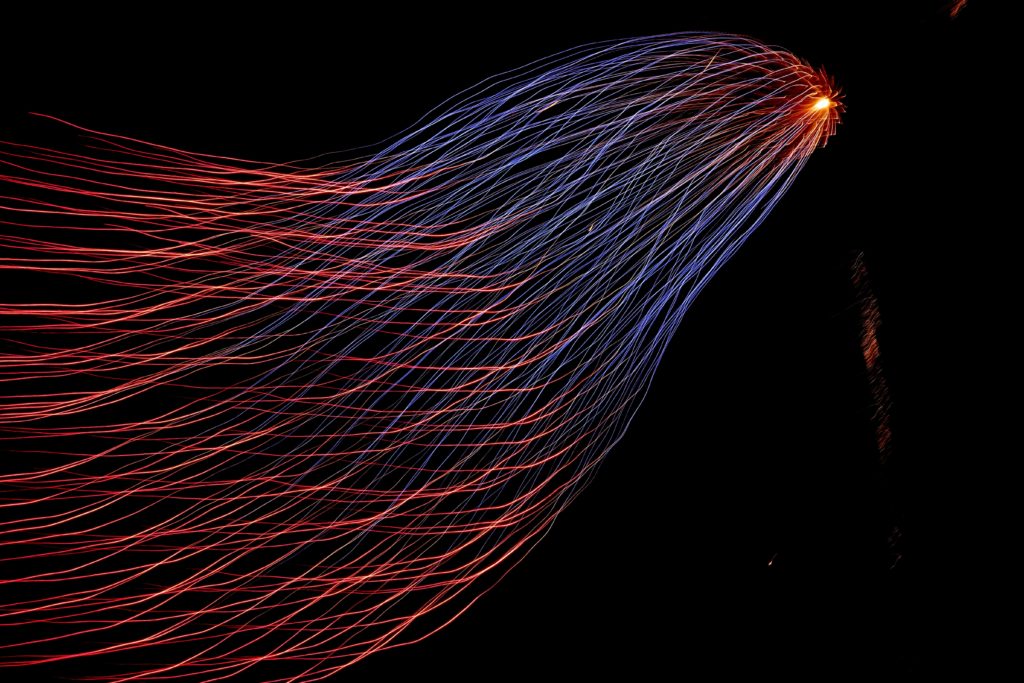Clinical terminology and HL7® FHIR®
Enabling interoperability to facilitate the effective use of data captured in electronic medical records.
The challenge
Widespread use of national terminologies by clinical systems provides considerable interoperability benefits and supports meaningful use of patient data for better health outcomes. However, rich and powerful clinical terminologies such as SNOMED CT are complex in nature.
This complexity makes implementation difficult and often costly, presenting a challenge to adoption.
To address this challenge, we’re creating new technologies that enable the advanced use of clinical terminologies such as SNOMED CT, LOINC and any FHIR® based code systems.
Our FHIR® and clinical terminology tools
In recognition of the importance of standards in enabling digital health, we’re developing tools and services to support the use of SNOMED CT and FHIR®. Key technologies include:
Ontoserver, a world-leading clinical terminology server implementing FHIR® Terminology Services and supporting syndication–based content distribution.
https://ontoserver.csiro.au
Snorocket, which for the first time enabled semi-real-time authoring of very-large-scale clinical ontologies like SNOMED CT.
https://github.com/aehrc/snorocket/
Snapper: Map, a web browser-based app that enables authoring maps from legacy terminology to standards- based terminologies.
https://ontoserver.csiro.au/snapper2/map.html
Snapper: Author, a web browser-based app for authoring FHIR® terminology resources and publishing them to a FHIR® terminology server. Together, these tools support migration to and use of standard terminologies, and the adoption of the national approach to interoperable digital health information.
https://ontoserver.csiro.au/snapper2
SnoMAP, which enables diagnoses recorded using SNOMED CT-AU in Emergency Departments to be converted to ICD10-AM codes for non-admitted patient reporting purposes. This supports the use and re-use of the standard clinical terminology for statistical and reporting activities.
This technology can be applied to other areas of reporting, both ICD 10-AM specific or other locally defined aggregation categories.
Shrimp, a web browser-based app that provides an interface for searching codes and includes a dynamic and interactive hierarchy viewer. Shrimp provides exposure and learning opportunities for health informaticians world-wide.
https://ontoserver.csiro.au/shrimp
Our products and services in use
Our Clinical Terminology and FHIR® enabled products used globally to support the advanced use of SNOMED CT, management of value sets and maps and syndication of clinical terminologies.
Ontoserver provides the foundation of the Australian Digital Health Agency’s National Clinical Terminology Service (NCTS).
The NCTS provides state of the art terminology services that promote implementation and adoption of national clinical terminologies in Australia. The aim of the service is to support easier, consistent and more meaningful use of clinical terminologies in healthcare.
As part of the NCTS, a licensing agreement between the Australian Digital Health Agency and CSIRO enables public and private health sectors to access these tools for use in Australia.
Snorocket is available under an Apache 2.0 open-source licence and as a Protégé plugin. It has also been licensed to SNOMED International and the Australian Digital Health Agency for their ongoing maintenance of SNOMED CT.

Shrimp provides an interface for searching codes and includes a dynamic and interactive hierarchy viewer.
The Australian e-Health Research Centre (AEHRC) is CSIRO's digital health research program and a joint venture between CSIRO and the Queensland Government. The AEHRC works with state and federal health agencies, clinical research groups and health businesses around Australia.

